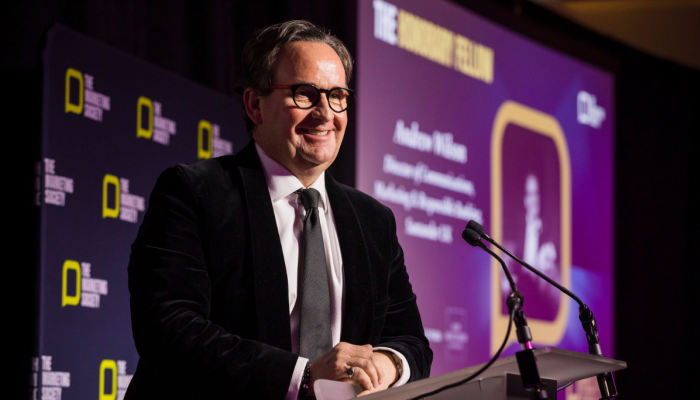Why We Buy: The Science of Shopping by Paco Underhill
I first read this book back in 2000. It had a profound effect on me at the time, making me think differently and much more deeply about the marketing material I was producing. It remains one of the few marketing books I’ve read which has made me immediately change something I was working on for the better. I’ve since bought this book four or five times, re-read it myself, and passed it on to others. I’m convinced everyone in marketing should have read it at least once.
Whilst ethnography and accompanied shopping trips are now commonplace in consumer research, Underhill set up his business Envirosell – a shopper research agency – before anyone else was really looking in depth at shopper behaviour. Whilst the tone of the book can sometimes be a little self-congratulatory, it’s packed full of interesting anecdotes, and examples of when Underhill and his team helped retailers and manufacturers across the world identify issues with store design or point-of-sale communication, and found ways to make shoppers happier or better communicate to them, ultimately selling more stuff.
The book’s stories have a similar effect on a marketer as the debrief phase of an eye-tracking study. You find yourself reflecting on the time and effort and money you spent carefully crafting the point-of-sale which the consumer didn’t even glance at. Although the book is partly a pitch to get you to hire Envirosell, it’s also full of interesting research findings and project outcomes which any half-decent marketer should be able to repurpose to improve their own activities. It’s always good to remind oneself that a solid understanding of the environment and context within which comms are presented will drive effectiveness as much, if not more than, obsessive tinkering with the content itself.
One of my favourite lines in the book – and one I’ve remembered verbatim since the first time I read it – is this: “Putting a sign that requires six seconds to read in a place where shoppers spend three seconds is only marginally more effective than putting it in your garage.” Like all the best insight, it seems obvious when it’s said out loud, but often it’s the last thing anyone is thinking about when they write a brief or assess the work.
In the early-2000s an updated edition of the book added a couple of chapters looking at online retail. Here, unfortunately, the writing has aged less well. Online retailing has been transformed in the last two decades, and much of Underhill’s commentary feels dated and irrelevant. However, most of the book still deals with bricks-and-mortar stores, and fundamental aspects of human physiology and psychology. Beyond the obvious audience of marketers working in retail, I’d also suggest the core insights within Why We Buy are essential reading for anyone whose job is about communication.



